In this class, we will study the way how to use ecological environment in architecture and how to adapt to environment from
the viewpoint of architectural and ethnological, or anthropological perspectives by using example of vernacular architecture
of the world. The class will include lectures, discussions, and presentations. Those who take this class will be assigned
several times of essays and to hold presentations based on the lectures. Key contents of the class are as follows,
1. The four elements of natural resources used in architecture
2. Bioclimatic features of vernacular architecture
3. Mutual, interactive relationship between human being and architecture
4. Adaptation of vernacular knowledge and skills to the current architecture
1. The four elements of natural resources used in architecture
2. Bioclimatic features of vernacular architecture
3. Mutual, interactive relationship between human being and architecture
4. Adaptation of vernacular knowledge and skills to the current architecture
Students who take this class will learn effective method of designing man-made-habitat from the vernacular architecture worldwide
and how to make use of it in the modern, globalized world.
- To be able to explain relationship between ecological environment and the specific form of architecture.
- To be able to explain proper way to create man-made-habitat
- To be able to explain how to apply the features of vernacular ways to modern globalized world.
- To be able to show how to utilize the vernacular architecture in modern context.
| Essays | Presentation | Total. | |
|---|---|---|---|
| 1. | 10% | 15% | 25% |
| 2. | 10% | 15% | 25% |
| 3. | 10% | 15% | 25% |
| 4. | 10% | 15% | 25% |
| Total. | 40% | 60% | - |
| Class schedule | HW assignments (Including preparation and review of the class.) | Amount of Time Required | |
|---|---|---|---|
| 1. | Brief explanation and sharing the problem The concept of vernacular architecture toward the globalization |
Review of the text book, Lessons from Vernacular Architecture | 190minutes |
| 2. | Ecological environment and dwelling culture From polar region to tropical rain forest Climatic design in vernacular architecture |
Review of the text book, Lessons from Vernacular Architecture | 190minutes |
| 3. | Adaptive process to the environment Architecture in monsoon Asia Mutual relationship between ecological environment and architecture |
Review of the text book, Lessons from Vernacular Architecture | 190minutes |
| 4. | Presentation and discussion (1) | Preparation of the presentation | 190minutes |
| 5. | Presentation and discussion (1) | Preparation of the presentation | 190minutes |
| 6. | The four elements of architecture Material, structure, finishing |
Review of the text book, Lessons from Vernacular Architecture | 190minutes |
| 7. | Environmental modifier Window Roof Wind and Lighting features |
Review of the text book, Lessons from Vernacular Architecture | 190minutes |
| 8. | Environmental and cultural performance of traditional courtyard Open system and close system Inner courtyard and outside garden |
Review of the text book, Lessons from Vernacular Architecture | 190minutes |
| 9. | Presentation and discussion (2) | Preparation of the presentation | 190minutes |
| 10. | Presentation and discussion (2) | Preparation of the presentation | 190minutes |
| 11. | Historic Hammams in the current world | Review of the text book, Lessons from Vernacular Architecture | 190minutes |
| 12. | Urban design from Islamic society | Review of the text book, Lessons from Vernacular Architecture | 190minutes |
| 13. | The vernacular as a model for current and future sustainable design | Review of the text book, Lessons from Vernacular Architecture | 190minutes |
| 14. | Presentation and discussion(3) | Preparation of the presentation | 190minutes |
| Total. | - | - | 2660minutes |
Essays(40%) and Presentations (60%). Students will pass if the total average score of both is 60% or higher. In that case,
the credit can be obtained.
At least 2/3 of attendance to the class will be required.
At least 2/3 of attendance to the class will be required.
Handouts will be delivered in case.
Text will be assigned in the class.
Text will be assigned in the class.
Regionally-oriented graduation thesis, master's thesis and doctoral dissertation
- Course that cultivates an ability for utilizing knowledge
- Course that cultivates a basic interpersonal skills
- Course that cultivates a basic problem-solving skills
- Course that cultivates a basic self-management skills
| Work experience | Work experience and relevance to the course content if applicable |
|---|---|
| Applicable | Faculty member who has been engaged in practical work specializing in architectural research at the following research institutes
will be in charge of classes. Inter-University Research Institute Corporation National Institutes for the Humanities National Museum of Ethnology Core Research Institution Researcher (2001.4-2004.3) Special Visiting Researcher (Faculty of Advanced Human Sciences / Applied Ethnology “Comparative Study on Wooden Building Construction in Southeast Asia” (2012.4-2016.3)) |
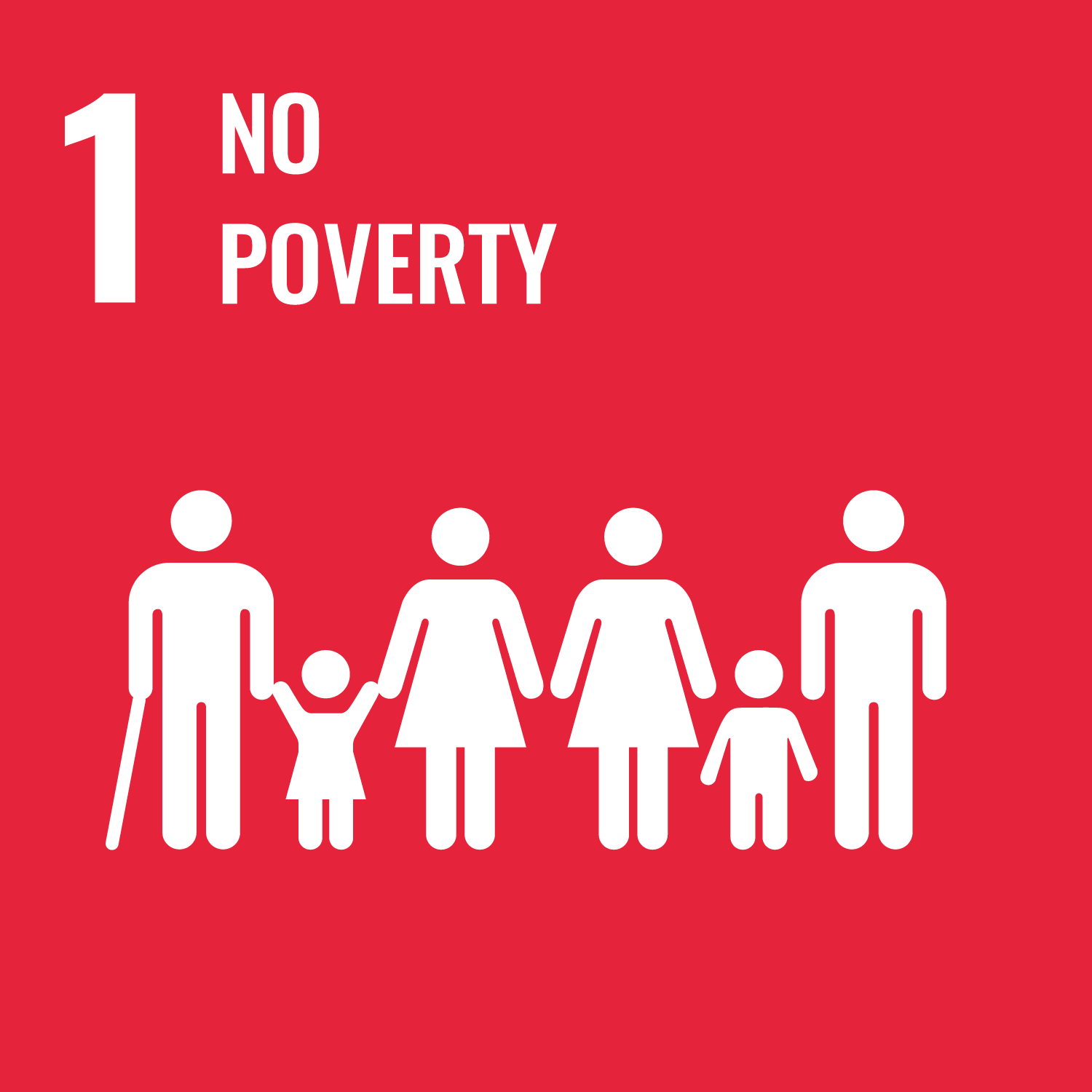
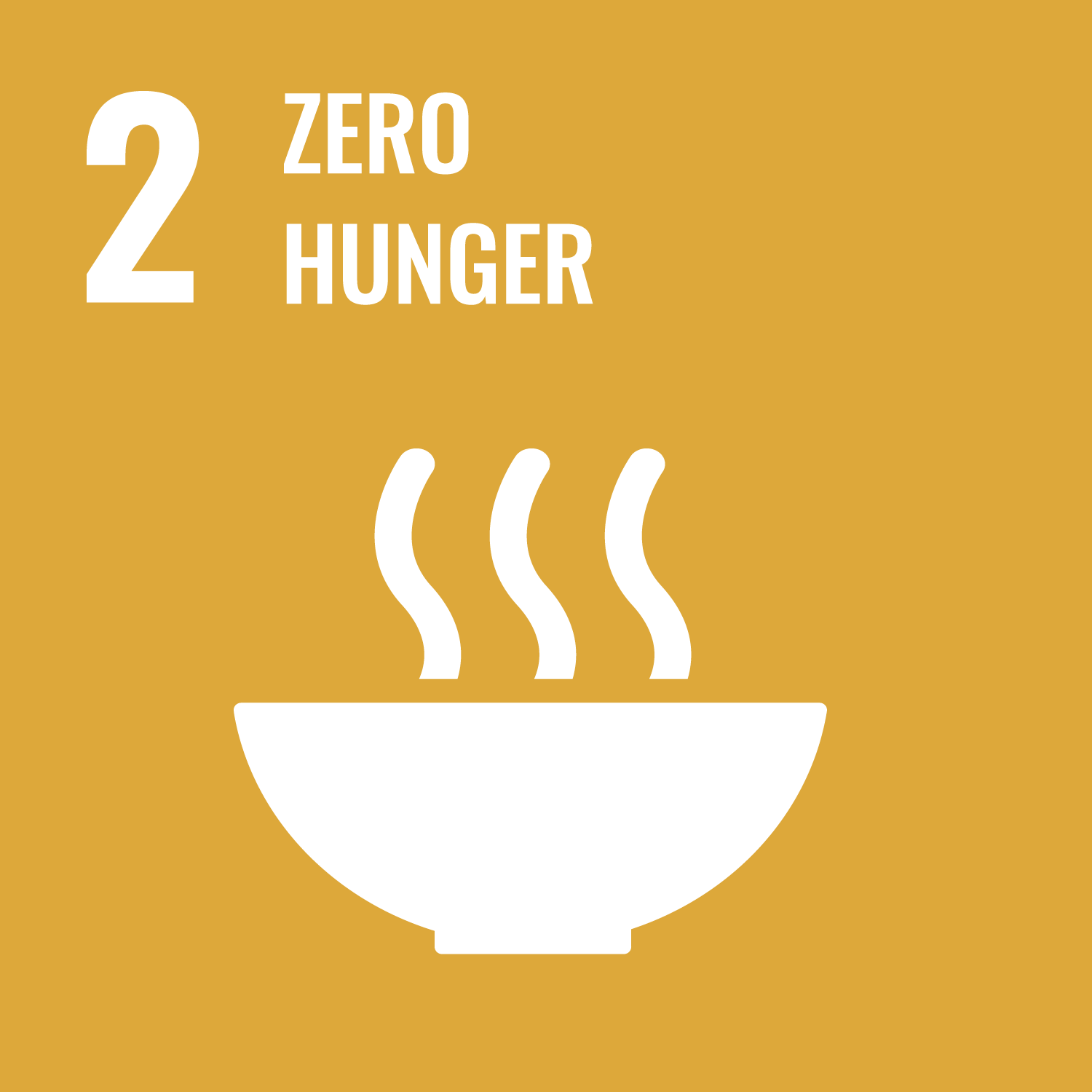
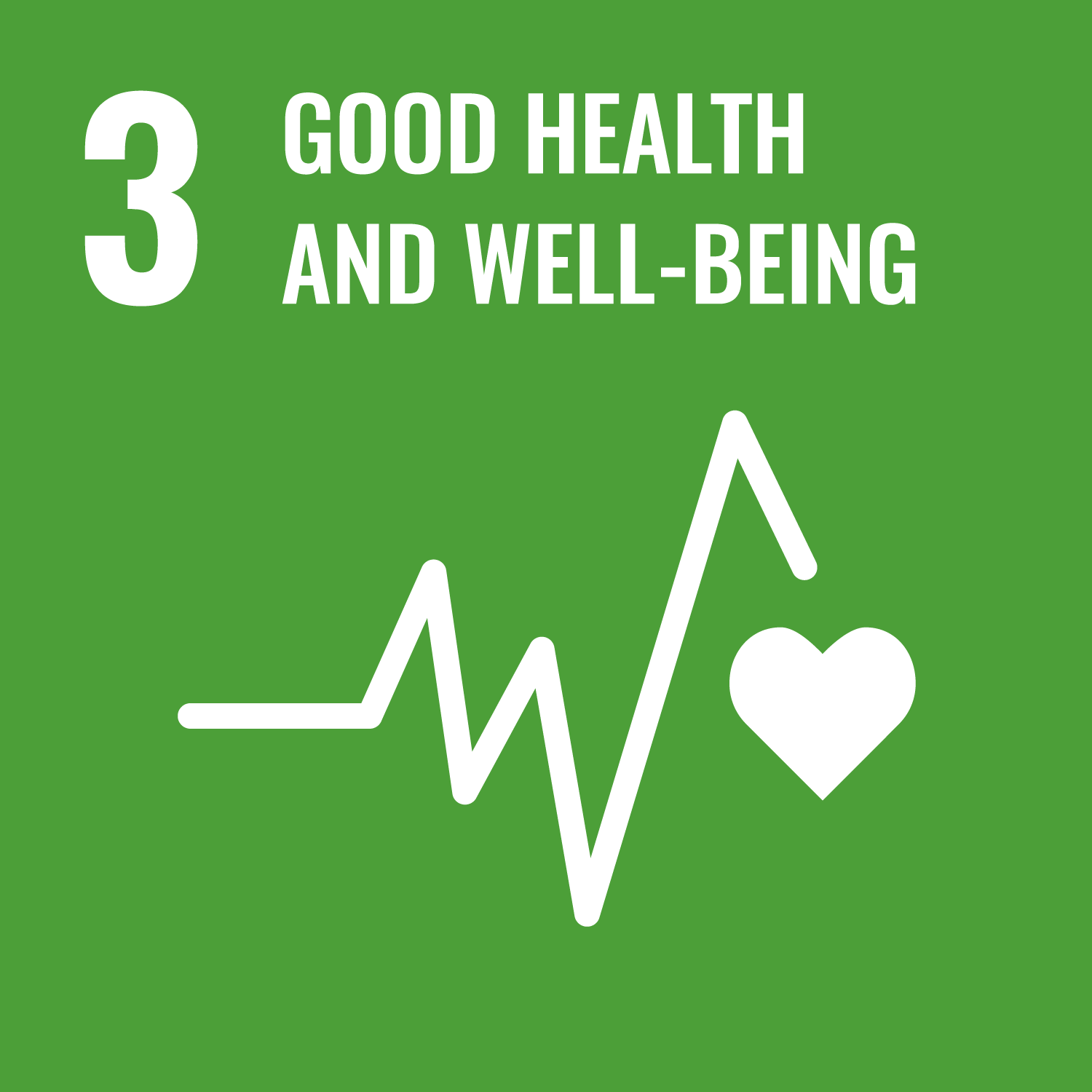
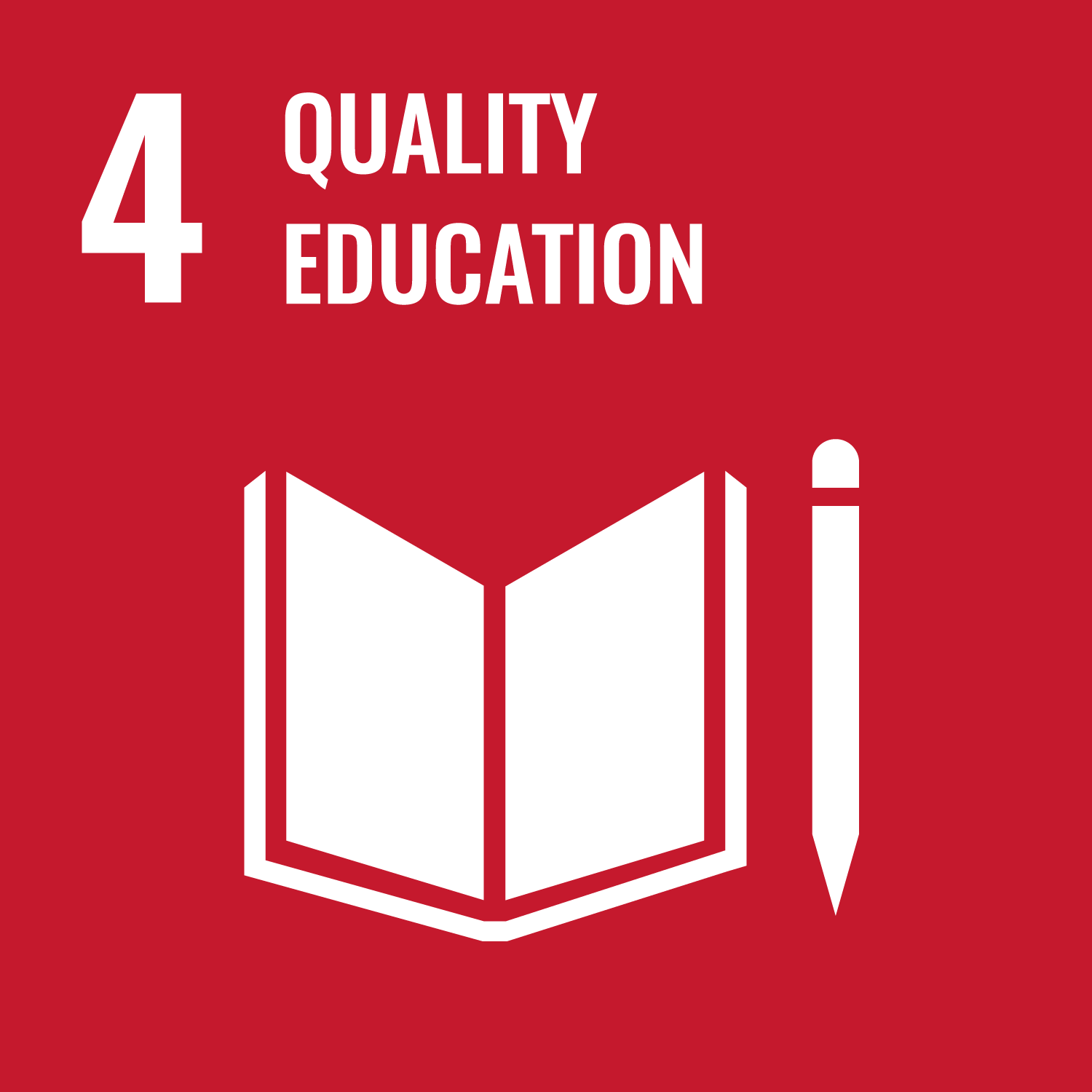
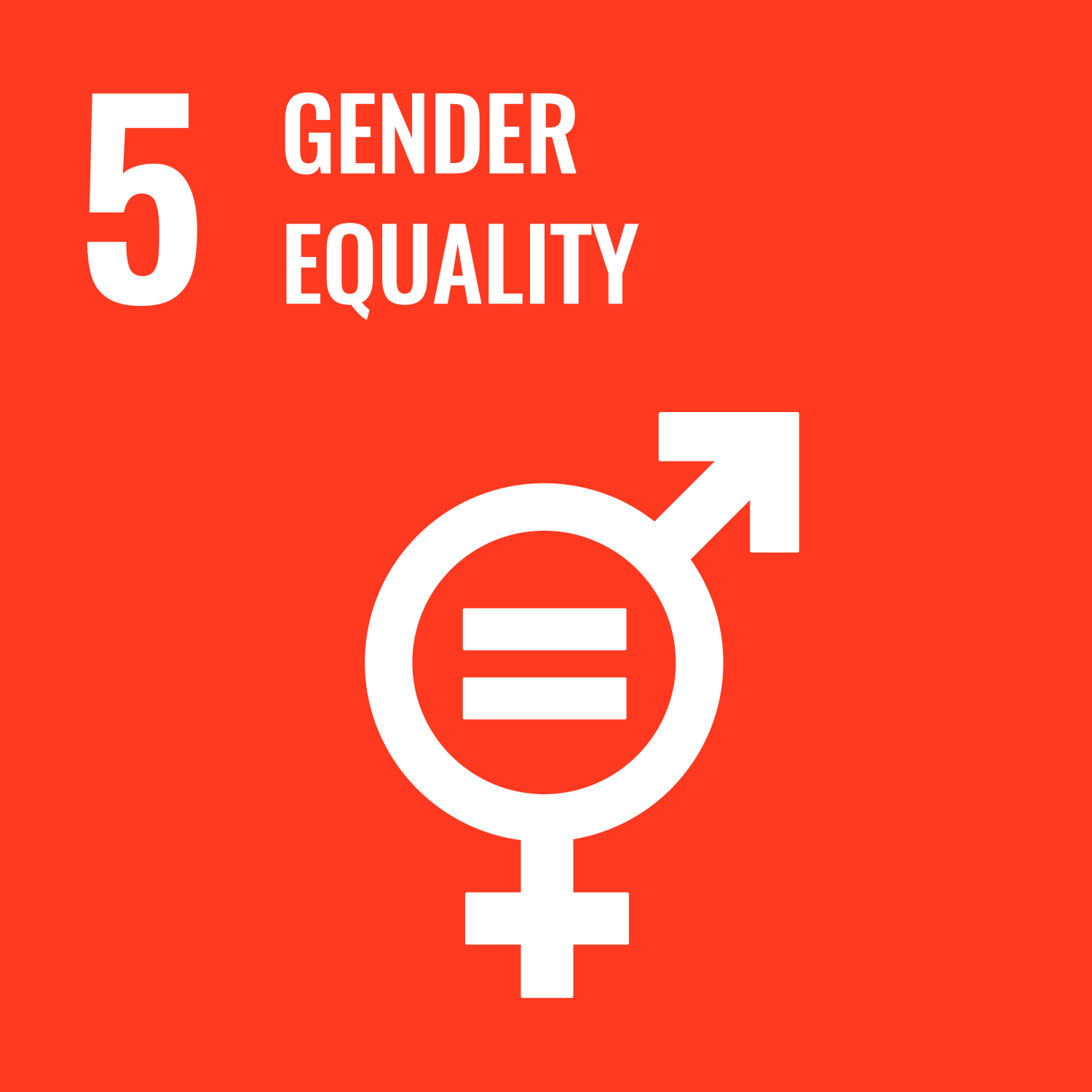
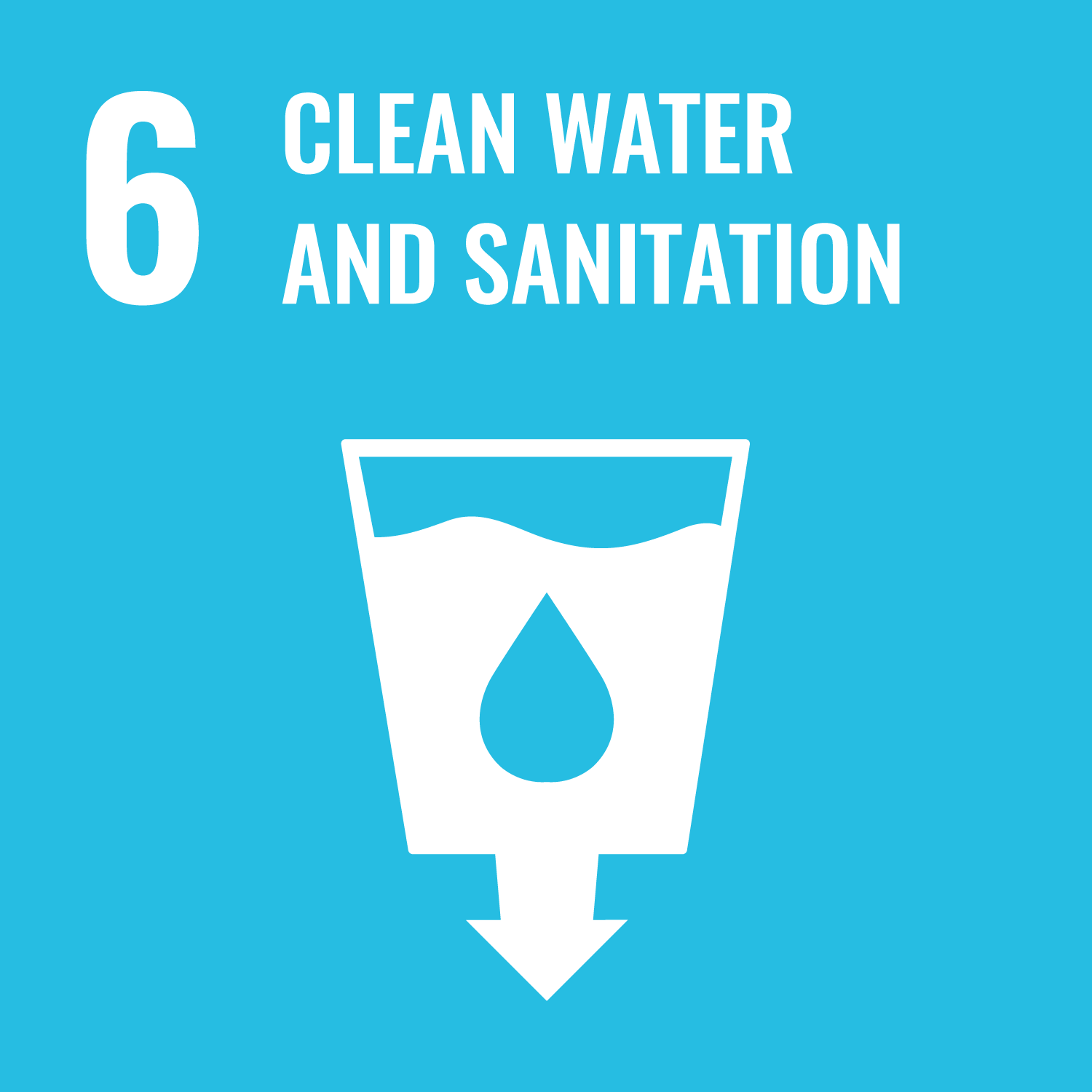
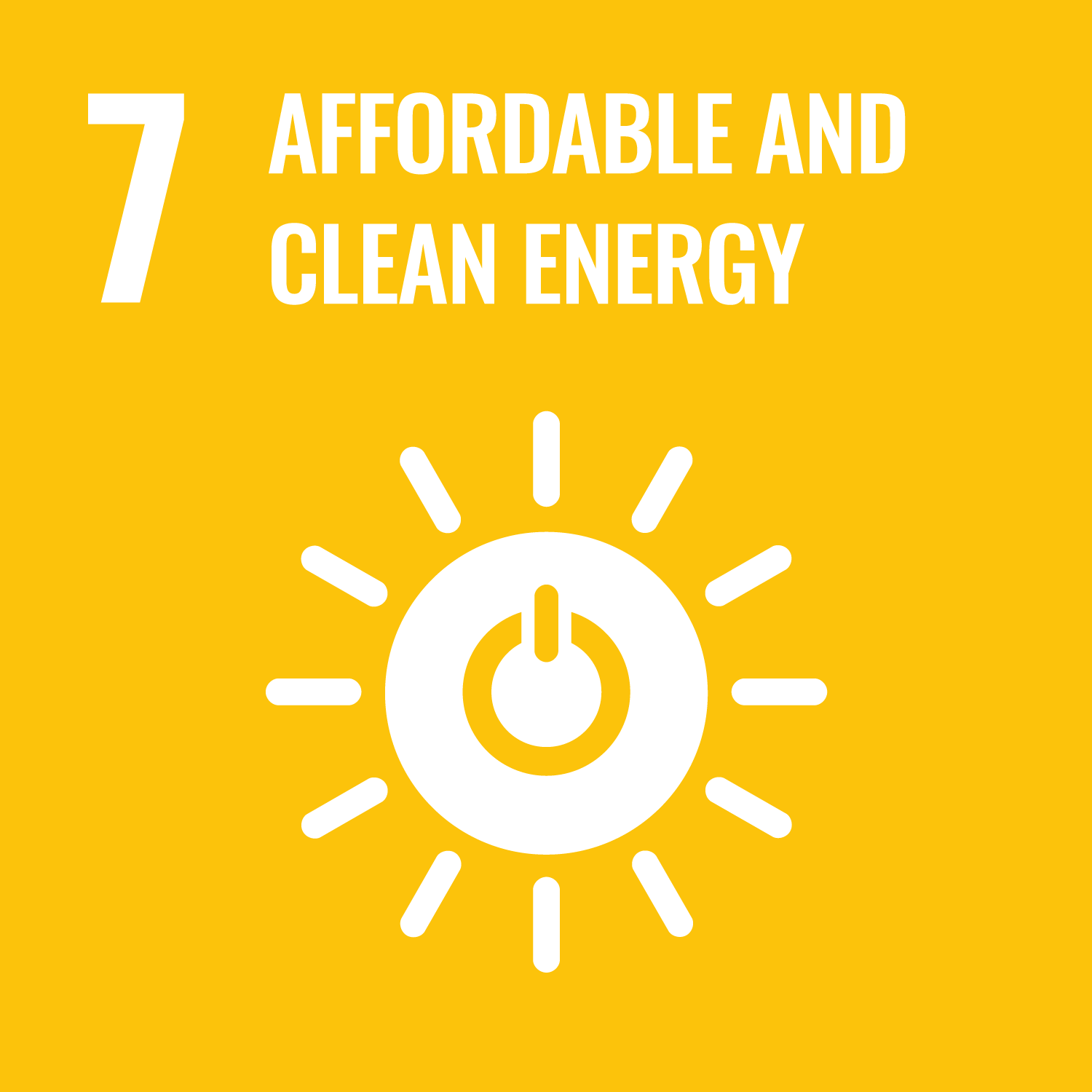
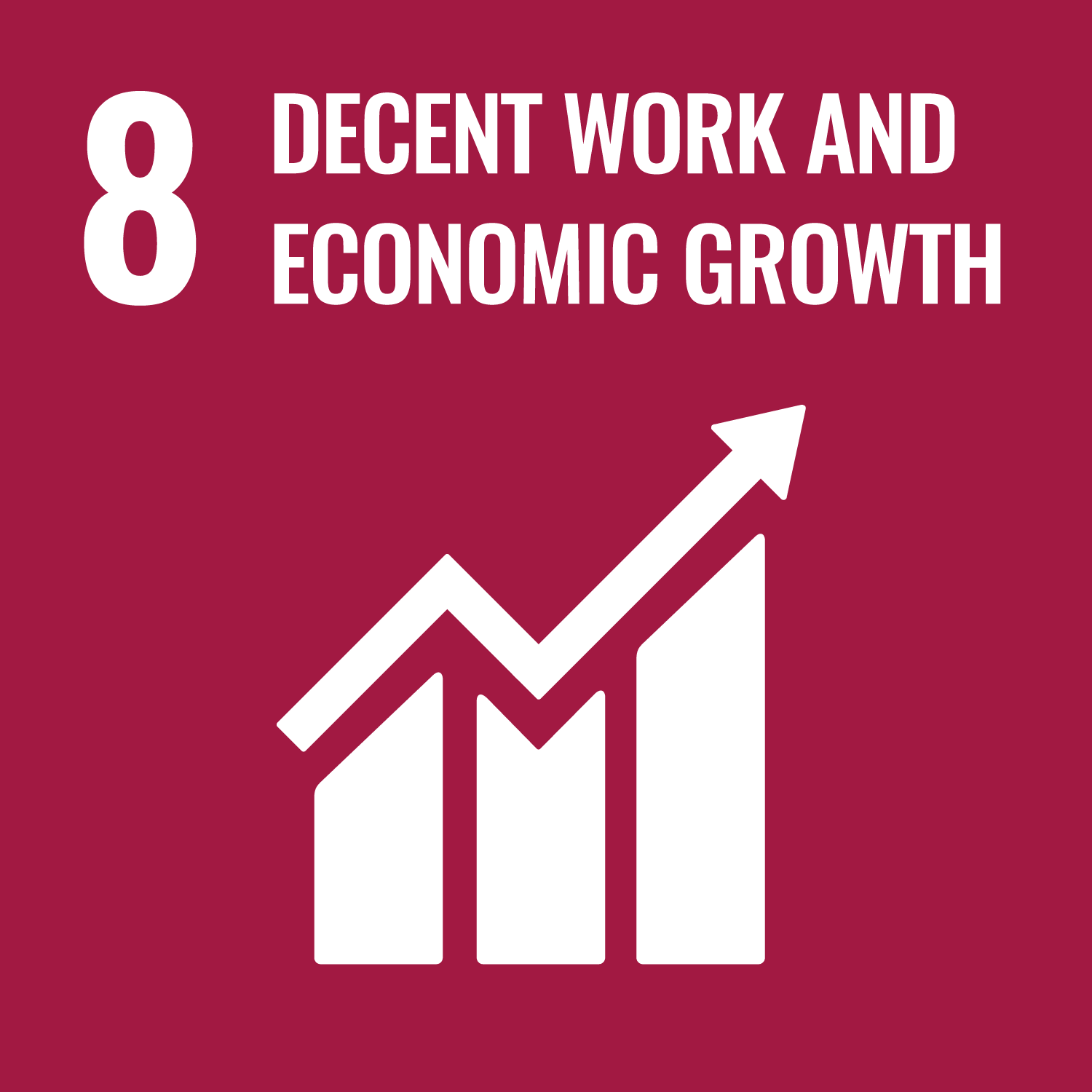

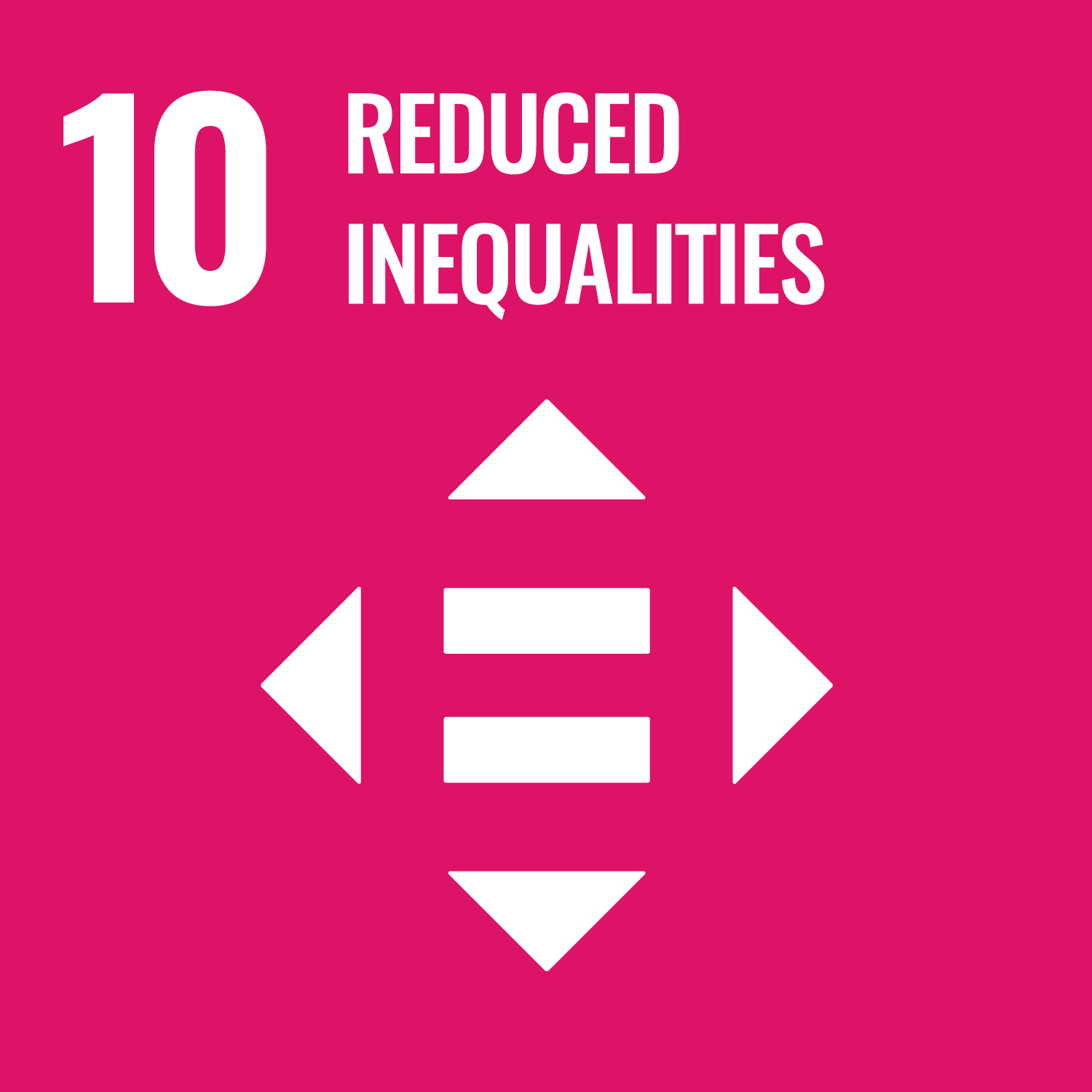
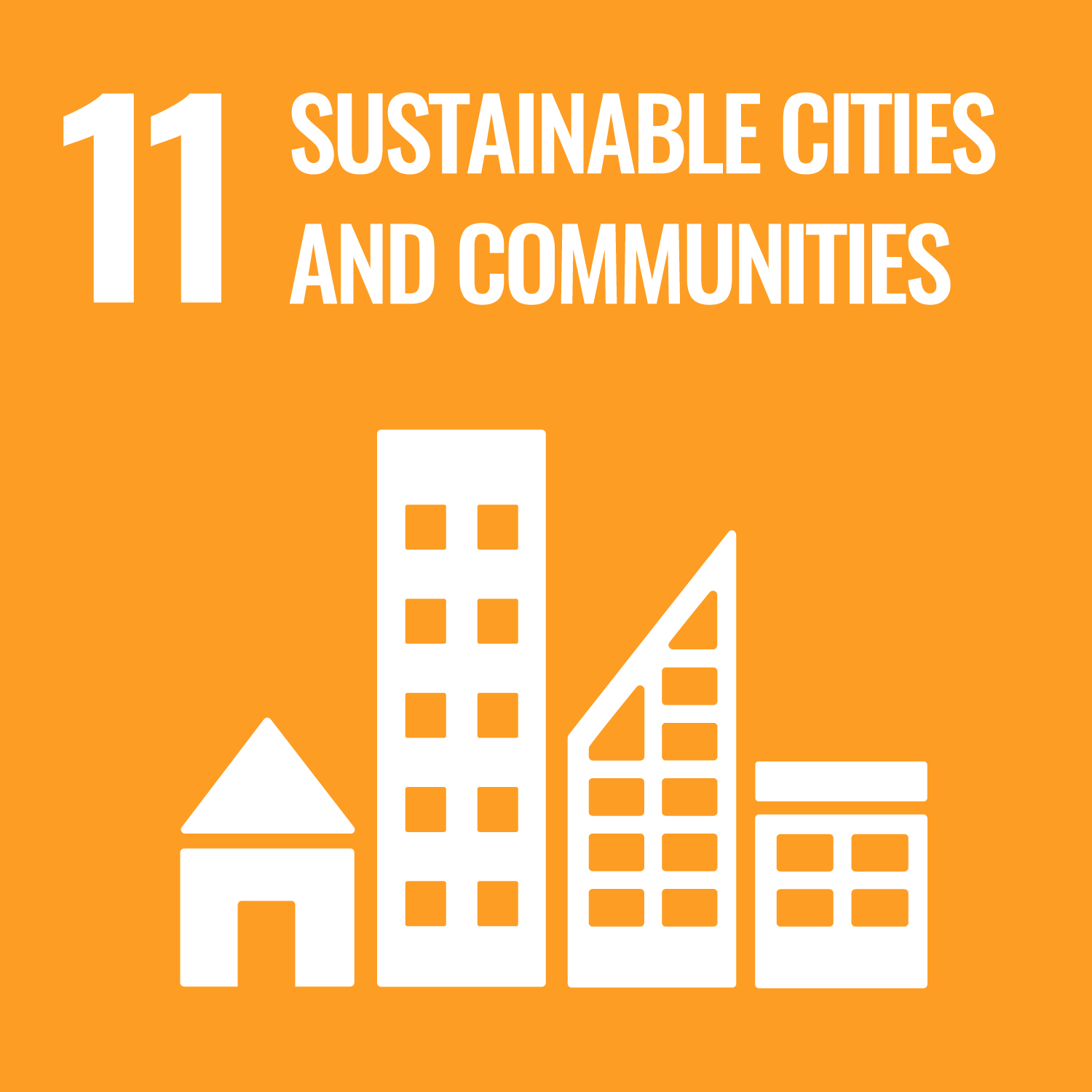
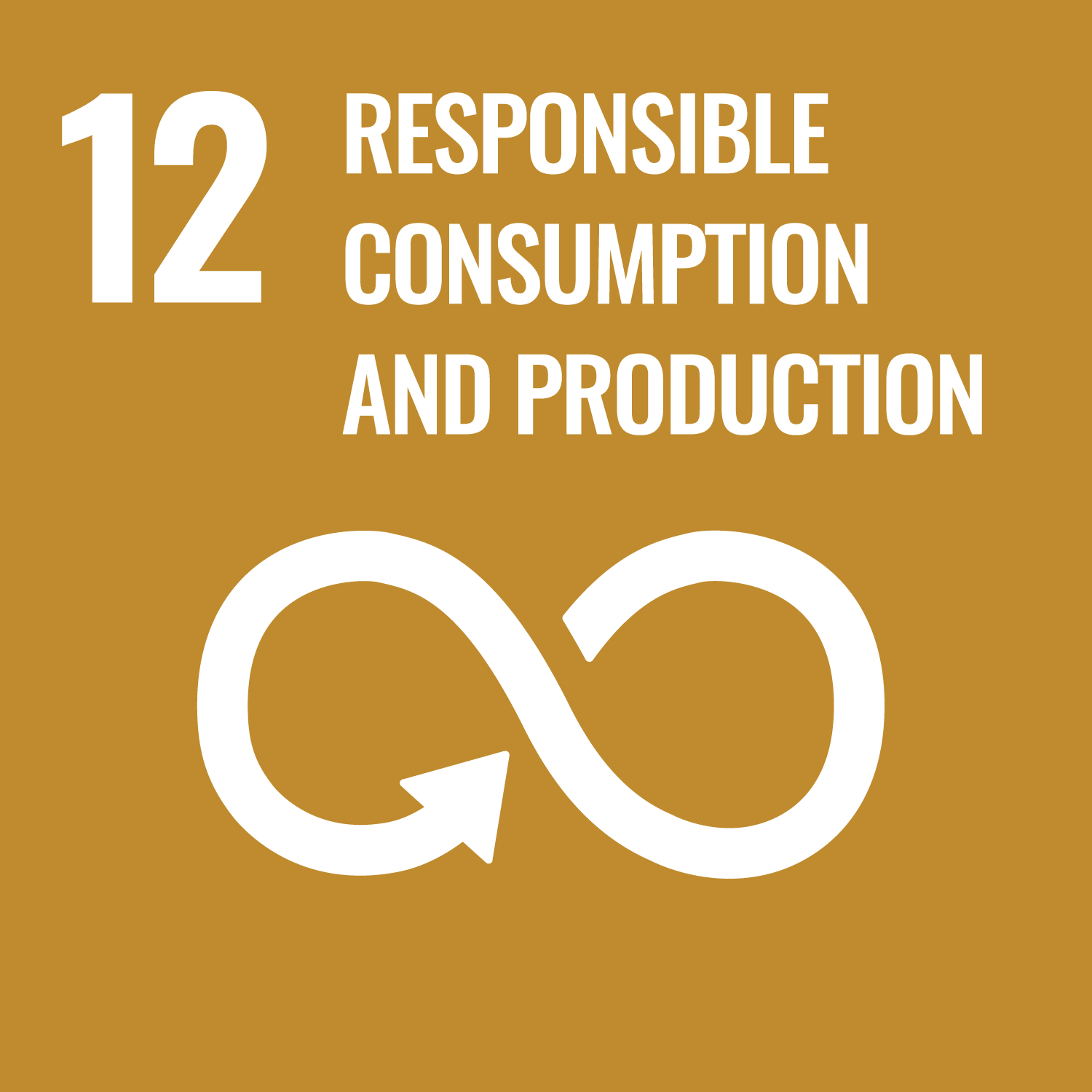
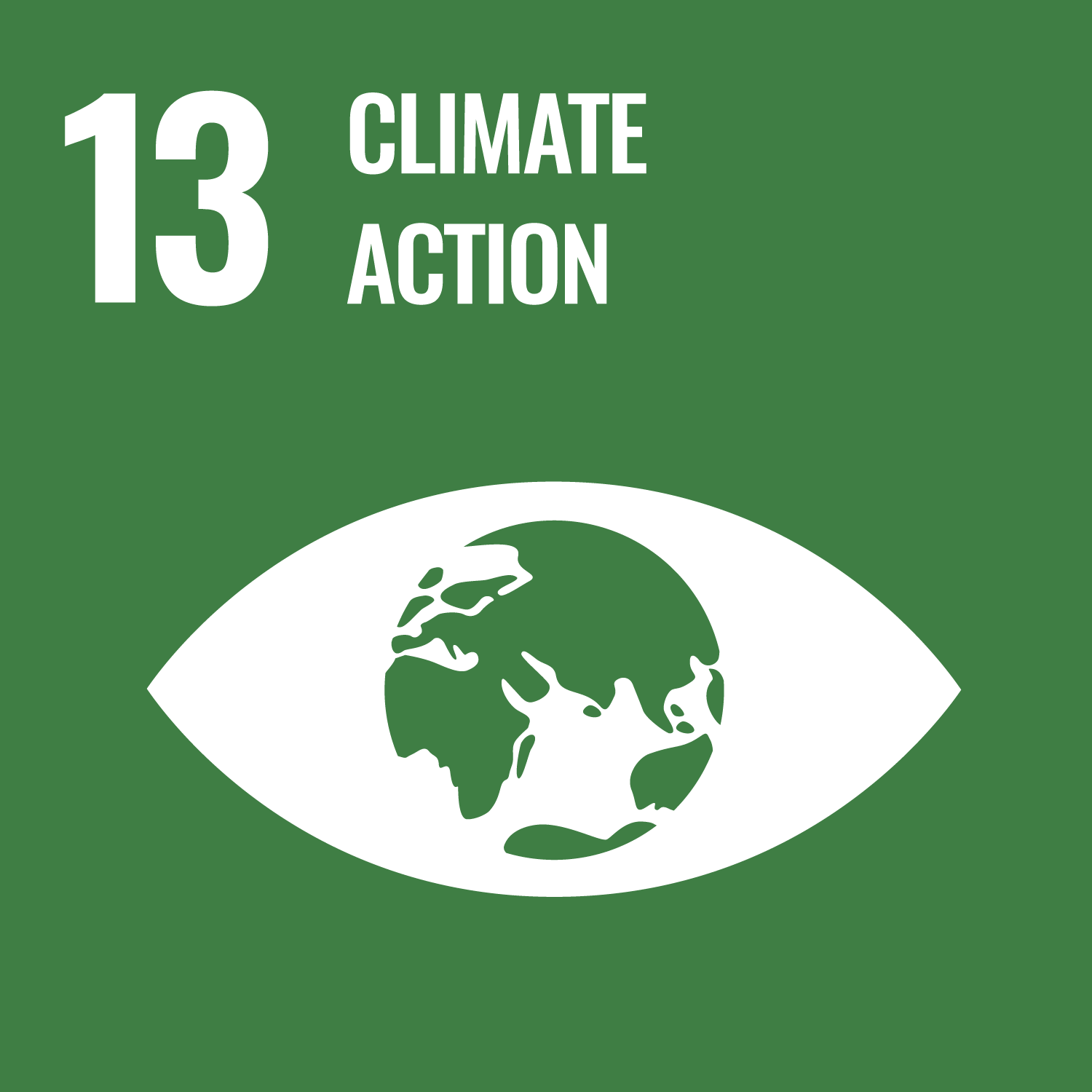
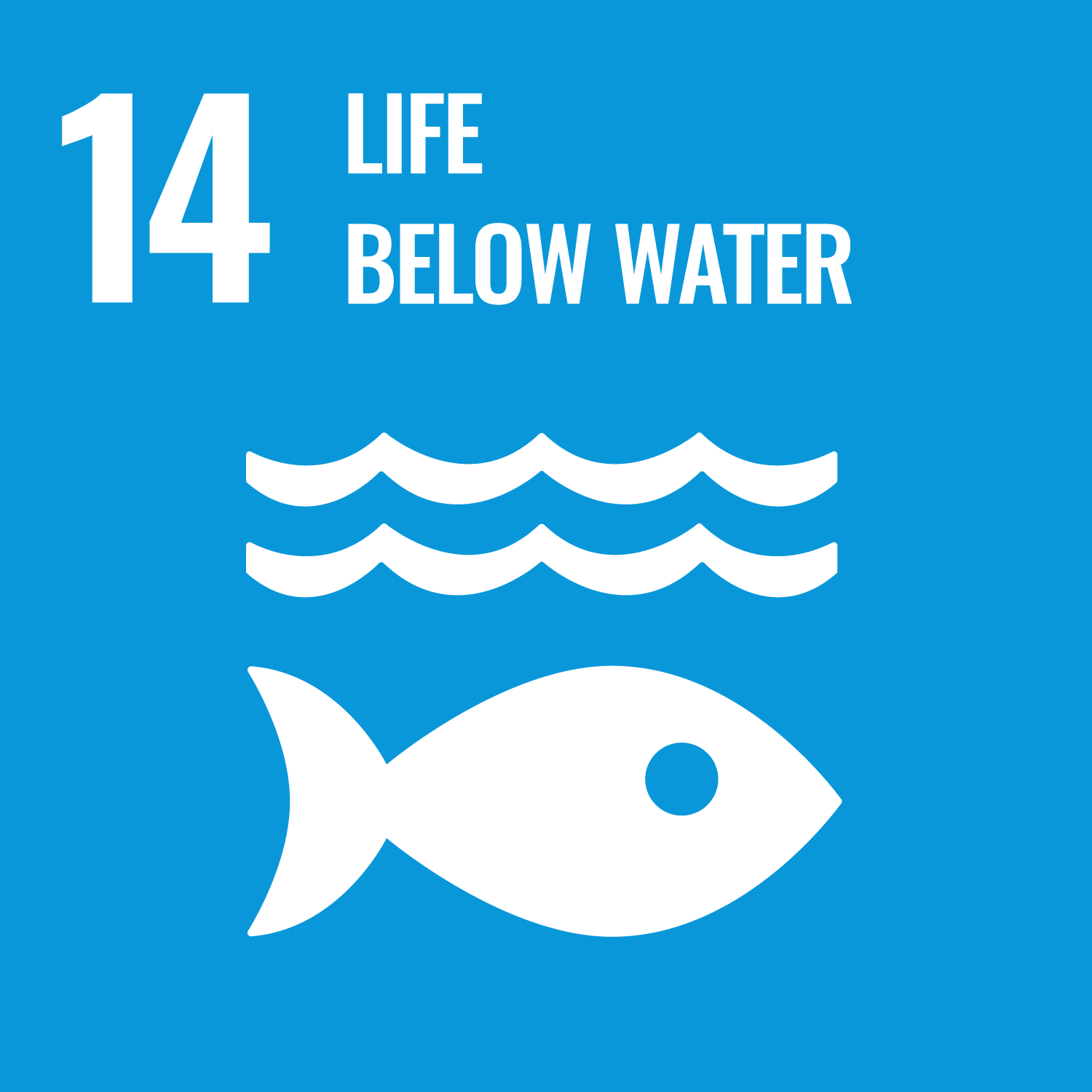
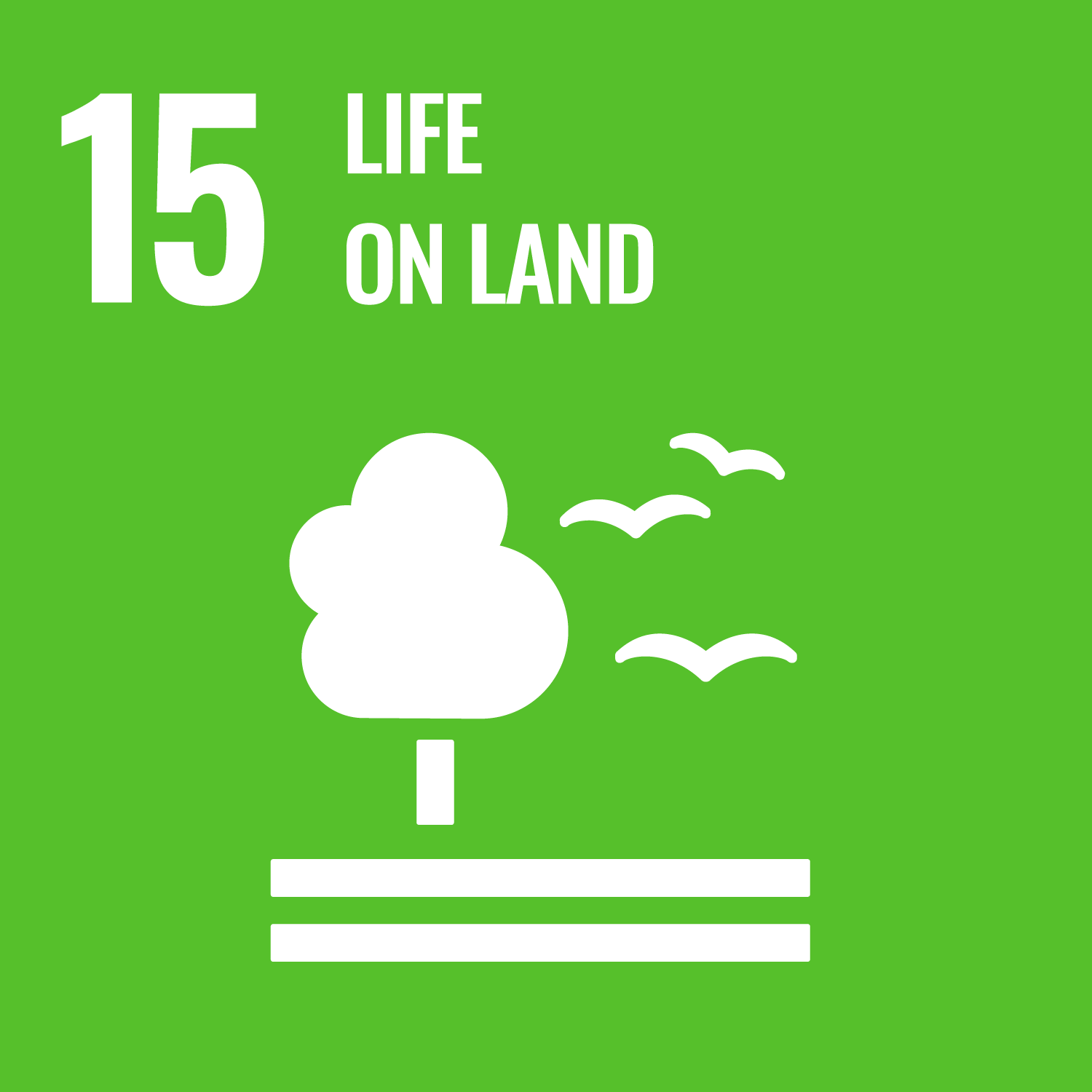
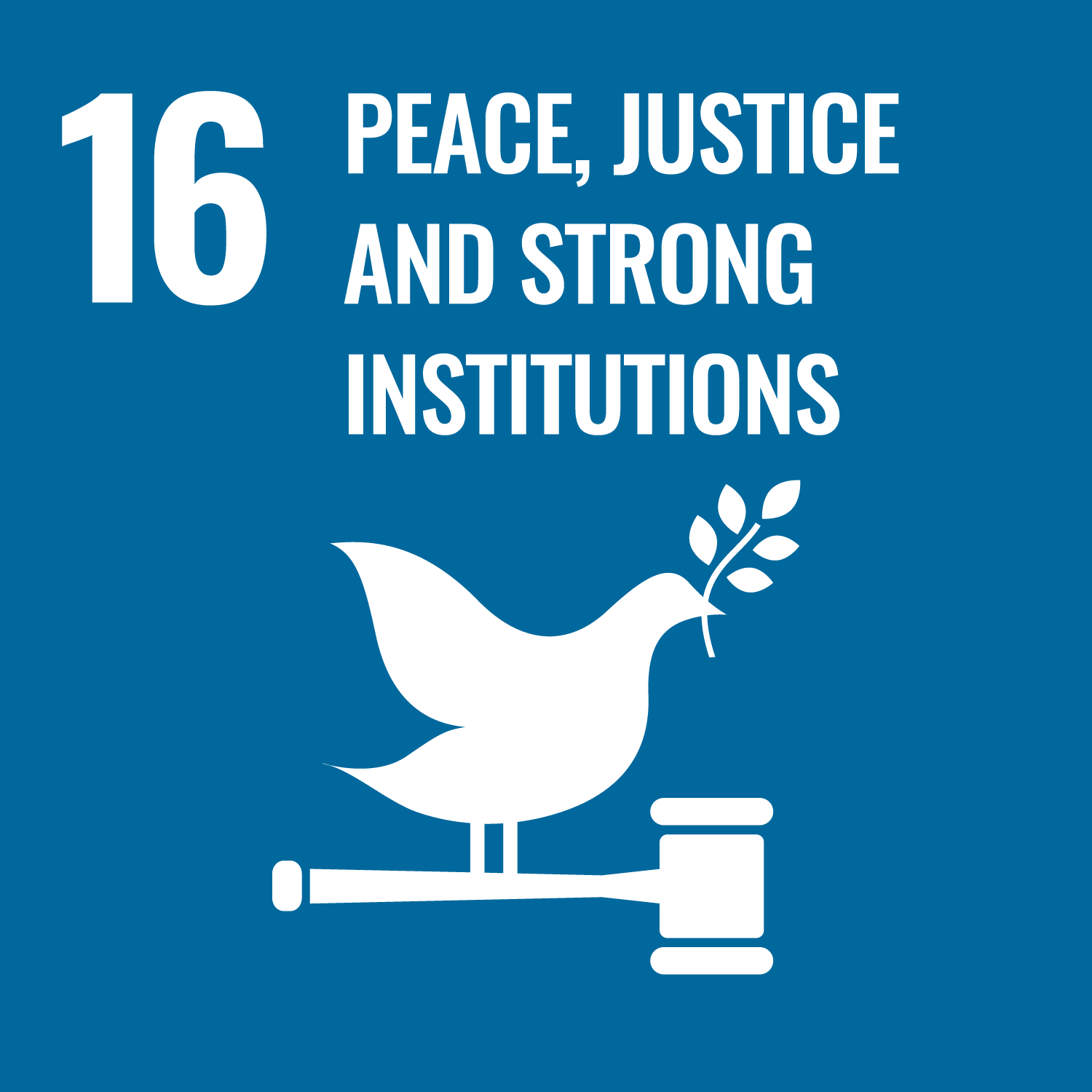
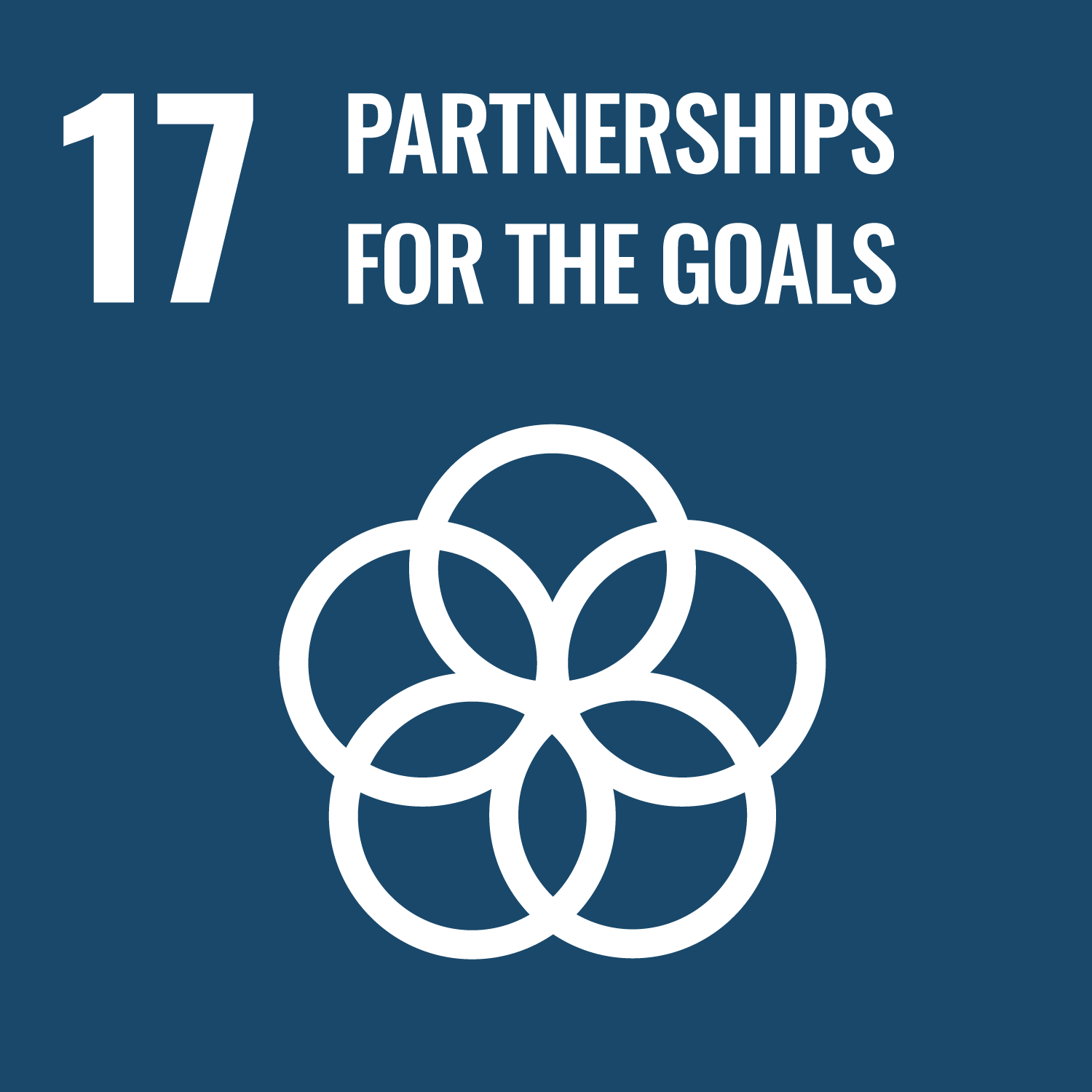
- 1.NO POVERTY
- 2.ZERO HUNGER
- 3.GOOD HEALTH AND WELL-BEING
- 4.QUALITY EDUCATION
- 5.GENDER EQUALITY
- 6.CLEAN WATER AND SANITATION
- 7.AFFORDABLE AND CLEAN ENERGY
- 8.DECENT WORK AND ECONOMIC GROWTH
- 9.INDUSTRY, INNOVATION AND INFRASTRUCTURE
- 10.REDUCED INEQUALITIES
- 11.SUSTAINABLE CITIES AND COMMUNITIES
- 12.RESPONSIBLE CONSUMPTION & PRODUCTION
- 13.CLIMATE ACTION
- 14.LIFE BELOW WATER
- 15.LIFE ON LAND
- 16.PEACE, JUSTICE AND STRONG INSTITUTIONS
- 17.PARTNERSHIPS FOR THE GOALS
Last modified : Sun Feb 18 04:06:31 JST 2024
